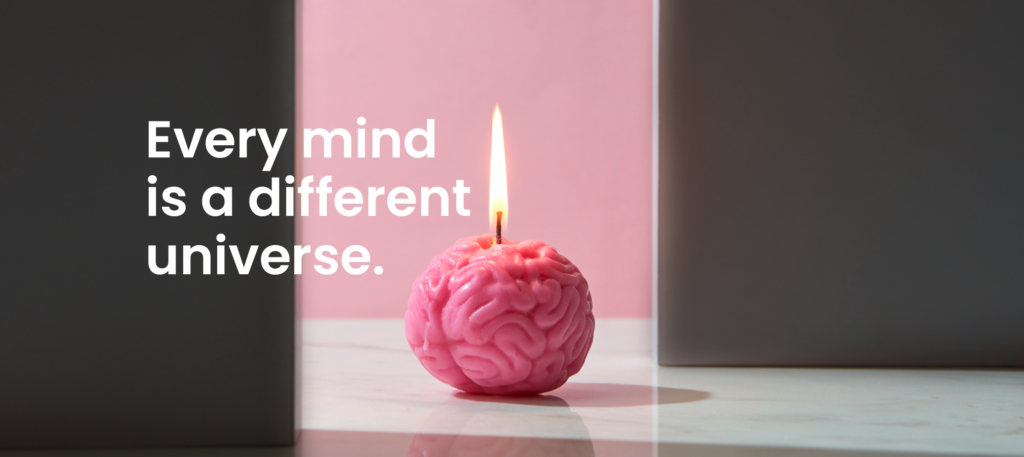The design process is often a challenging one for neurodivergent people. The traditional design process involves a lot of technical know-how and skills, which can be difficult to obtain and apply. How innovative design tool technologies can be used to unlock accessibility through innovative design tool technologies?
Tools such as Augmented Reality (AR) and Virtual Reality (VR) can provide a more immersive and interactive design experience, making it easier to visualise and engage in projects. Natural language processing (NLP) can enable neurodivergent people to create designs using natural language, facilitating how they communicate their ideas with others.
Motion graphics and animation tools can help neurodivergent people to create engaging and accessible designs, using visual aids and dynamic graphics to communicate their ideas.
Automated accessibility testing tools can help neurodivergent people to ensure that their designs meet accessibility standards, reducing the need for manual testing and freeing up time for more creative work.
The idea behind these innovative design tool technologies is that they allow for an increased level of participation from neurodivergent people in the design process. By unlocking accessibility through innovative design tool technologies, neurodivergent people can make a meaningful contribution to the world of design and help to shape the future of design for everyone.


